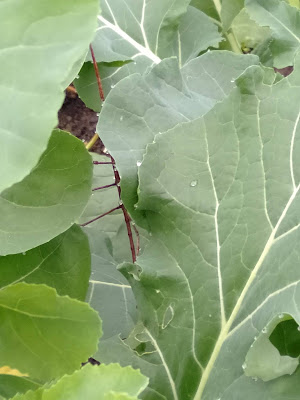The marine environment is now changing through increasing sea surface temperatures and acidification, as well as altered wind patterns. The Albatross's prey is decreasing and they are forced to spend more time at sea in search of food.
Unlike other birds, these Albatross cannot just move to another location; they have evolved over the centuries to be in one particular place and cannot adapt to the changing environment. Less than half of their fledglings now survive to return to the island each year and their numbers are declining.
But the Tasmanian CSIRO is attempting to arrest that decline.
Scientists are now attaching miniature monitoring devices to the birds in the hope of gathering data that can help them understand the issues affecting them. And they are building artificial nests that are designed to withstand the rapidly changing Bass Strait weather, and have already seen a 20 per cent higher success rate with fledglings.
These magnificent iconic birds deserve our respect - and we applaud the CSIRO for their action.
Information from The Power of One, AFLOAT.com.au, May 2018.
Photographs courtesy of Tasmanian Albatross Fund (www.tasmanianalbatrossfund.com.au/)








No comments:
Post a Comment